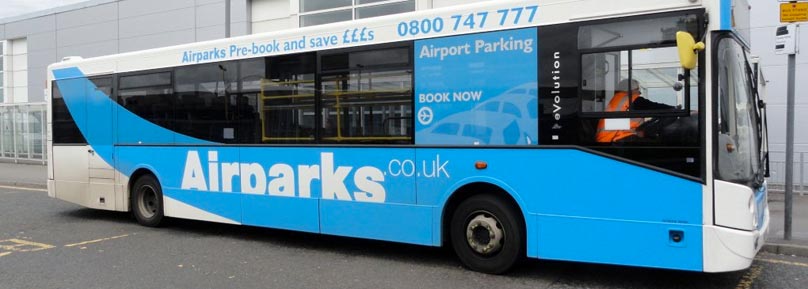Stansted Airport history
Close to 20 million passengers pass through the gates of Stansted Airport every year, placing it among the busiest airports in Britain. But what is the story behind this hub of international travel? Here we look at some of the key events that shaped Stansted airport’s history.
The war years
Stansted Airport was opened in 1943, and was used during the Second World War by the Royal Air Force. It became an international bomber base, and later, a supply and storage area to support airplanes on the continent. When the war ended, Stansted Airport was used as a maintenance unit, and to house German prisoners of war.
The 1960s to the 1990s
Stansted was used for civilian flights from 1966. It was used by airlines seeking to avoid the high cost of operating from Heathrow and Gatwick. However, the government had plans for Stansted to become ‘London’s third airport’, relieving high traffic levels at the other airports. Airlines flying from Stansted Airport offered an increasingly wide array of destinations throughout the 1980s and 1990s. New Stansted Airport parking facilities were introduced. In 1984, the airport’s capacity was limited to 25 million passengers per annum, in accordance with safety guidelines.
Recent history
Since the year 2000, Stansted Airport has continued to expand and now offers more flights than ever. Services at the airport are constantly improving. This includes car parking facilities. Stansted Airport car parking includes the Stansted Long Stay and Stansted Mid Stay car parks. Today Stansted Airport stands as the third busiest airport in the UK. It is the main base of Ryan Air and serves a large number of domestic, and international, destinations. Stansted Airport has come a long way from its early days, when there was only a strip of grass for planes to land upon.


